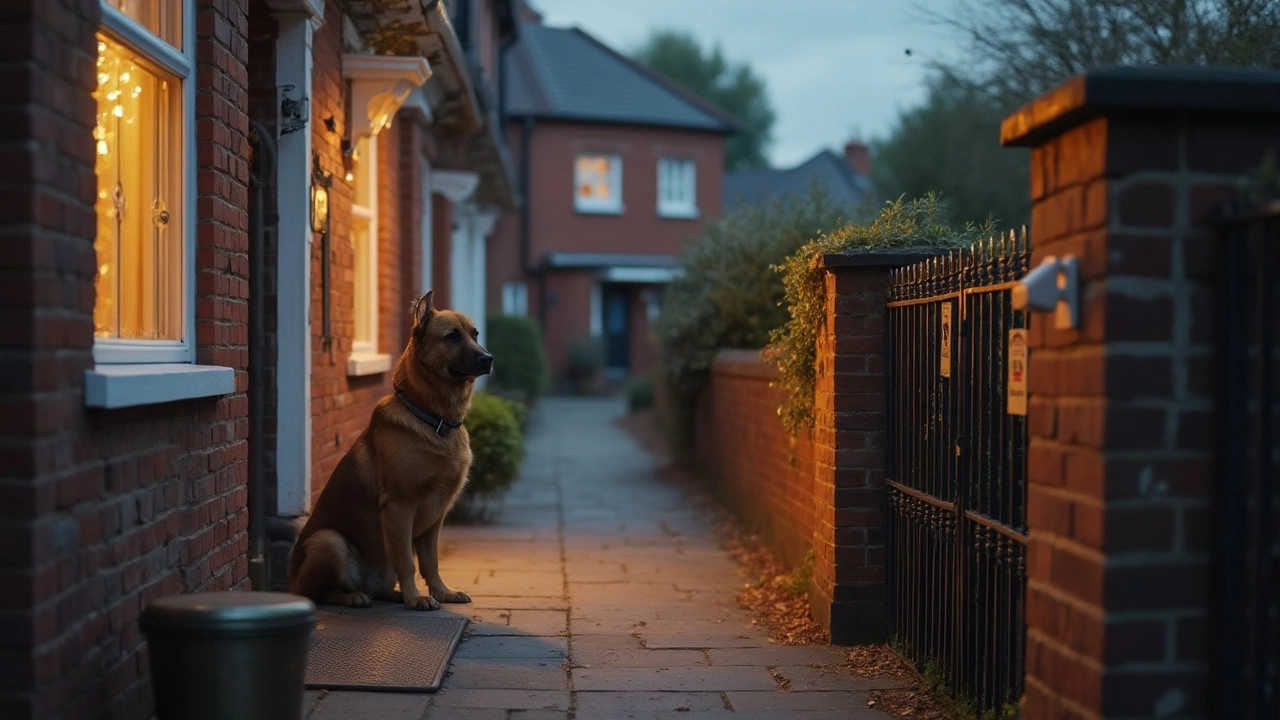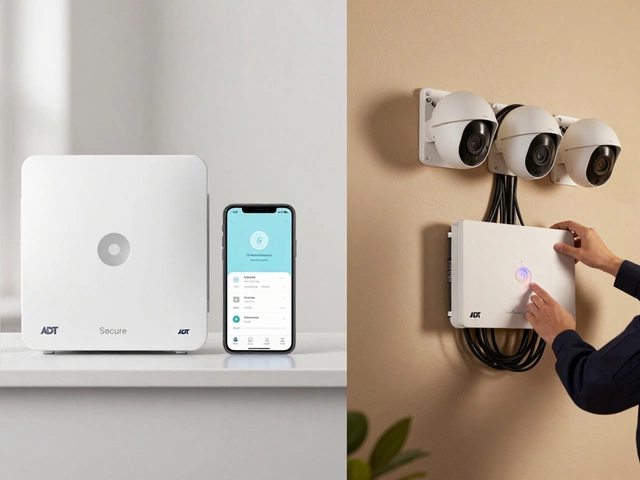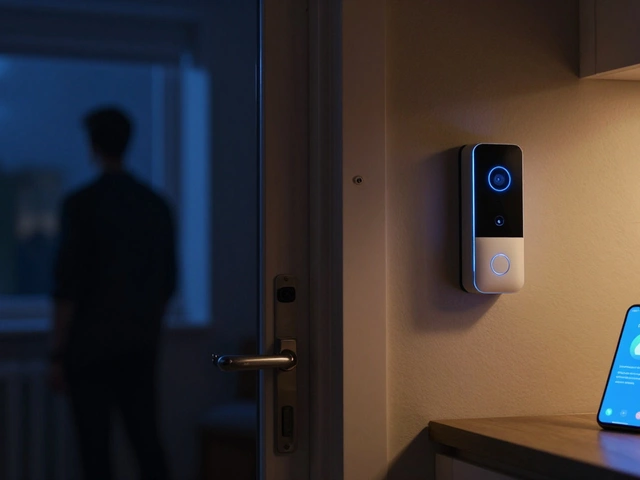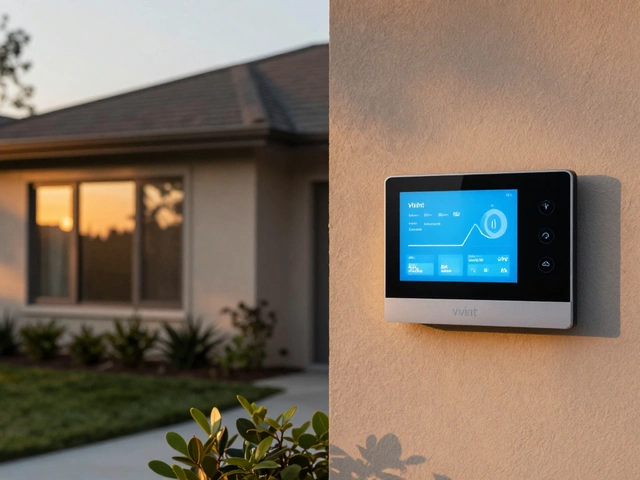Burglar Deterrent: Easy Tricks to Make Your Home a Hard Target
Think burglars pick a house at random? Nope. They scan for easy wins – dark corners, silent alarms, and gadgets they think they can outsmart. The good news? Most of the things that draw thieves can be fixed with a few cheap tweaks. Below you’ll find the top, no‑nonsense moves that make your place look tough to crack.
Lighting and Visibility
Bright, well‑placed lights are the oldest trick in the book, and it still works. Study after study shows that houses with motion‑activated floodlights see 70% fewer break‑ins. A motion sensor that flashes a bright burst when someone walks the driveway tells a would‑be intruder that you’re watching. It’s not just the light – the sound of the sensor clicking can startle a thief enough to run.
Don’t forget the upstairs windows. A simple porch lamp that sweeps the front door and the ground‑floor windows makes it hard for anyone to hide in the shadows. If you have a garden, place a low‑level LED strip along the fence. It outlines the perimeter and lets neighbours see the whole area at night.
One myth you’ll hear is that “leaving lights on all night scares burglars.” The truth is that timed or motion‑controlled lighting is far more convincing. Random bulbs left on can look like an empty house where the owner forgot to turn them off. Use smart plugs or a timer to switch lights on and off while you’re away – it mimics normal activity.
Smart Devices and Alarms
Smart doorbells like Ring get a mixed reputation. Some think they attract thieves because they expose a camera to the street. In reality, a visible camera can be a deterrent when it’s obvious and clearly labeled. A study of Ring users showed a 20% drop in attempted break‑ins after installing the video doorbell – the visual cue alone makes a thief think twice.
If you already have a Ring, pair it with a loud chime or a siren that triggers when motion is detected. The sound does more than alert you; it alerts the neighborhood. Even if a thief disables the doorbell, the alarm’s “noise” is a backup that still scares them off.
Traditional burglar alarms still matter. Many false alarms happen because windows or pets trigger a sensor. Choose dual‑technology motion sensors – a mix of PIR (passive infrared) and microwave – to cut false trips. When you hear a beep, you’ll know it’s real, and a loud siren will draw attention.
One practical tip: test your alarm’s backup power. Power outages are a prime time for break‑ins. An alarm that runs on battery for at least 24 hours stays active when the grid goes down, keeping thieves from exploiting a blackout.
Finally, talk to your neighbours. A watch‑door or a shared message board about recent activity means the whole street is on alert. When a thief sees several homes with lights, cameras, and active alarms, they’ll move on to a softer target.
Putting these steps together – good lighting, visible smart doorbells, reliable dual‑tech alarms, and community vigilance – creates a layered defence that most burglars won’t bother with. Start with the cheapest change, like a motion‑lit porch, then add a smart doorbell and upgrade your alarm sensors. In a few days you’ll feel safer, and the burglars will think twice before knocking on your door.






